Canned tuna just got an upgrade! This Miso Tuna Salad is a contender for the best tuna salad ever. Creamy homemade miso mayonnaise adds savory, rich umami flavor and is magical with tuna. It’s a quick and easy recipe that is sure to become a lunch staple.
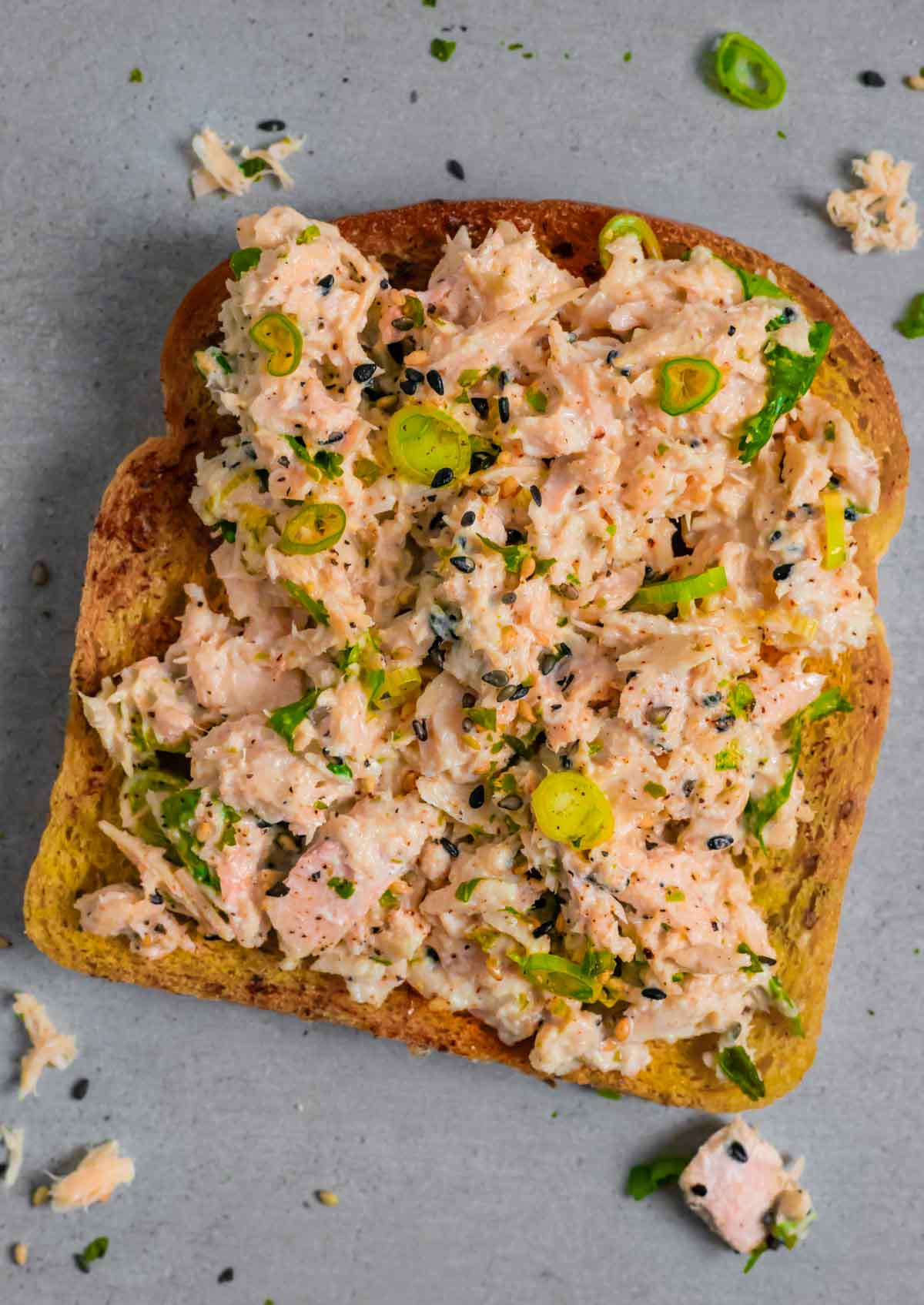
Jump to:
This recipe takes traditional tuna salad up a notch (okay, several notches…). I’m always looking for ways to amp up classic recipes like simple tuna salad. This is one of my favorite canned tuna recipes – it’s an umami bomb that takes plain old canned fish to a whole new level. My Miso Mayonnaise Recipe is a seasoning phenomenon that makes the basic tuna recipe extra special. It adds a rich salty savoriness and stellar umami flavor, without overpowering the fish or making it taste like miso soup. And it takes just minutes to whip up.
If I’m running low on mayo or don’t have any miso paste handy, I opt for my Asian Tuna Salad that is made without mayonnaise. It’s a taste sensation that is one of the most popular recipes on this site.
Why you’ll love this recipe
- Quick and easy – this is a straightforward recipe that takes only about 15 minutes to make
- Healthy and delicious – tuna is a great protein option and miso is packed full of nutrition. Did I mention that the flavor is simply outstanding?
- Special diet friendly – this recipe is both low-carb keto and FODMAP-friendly
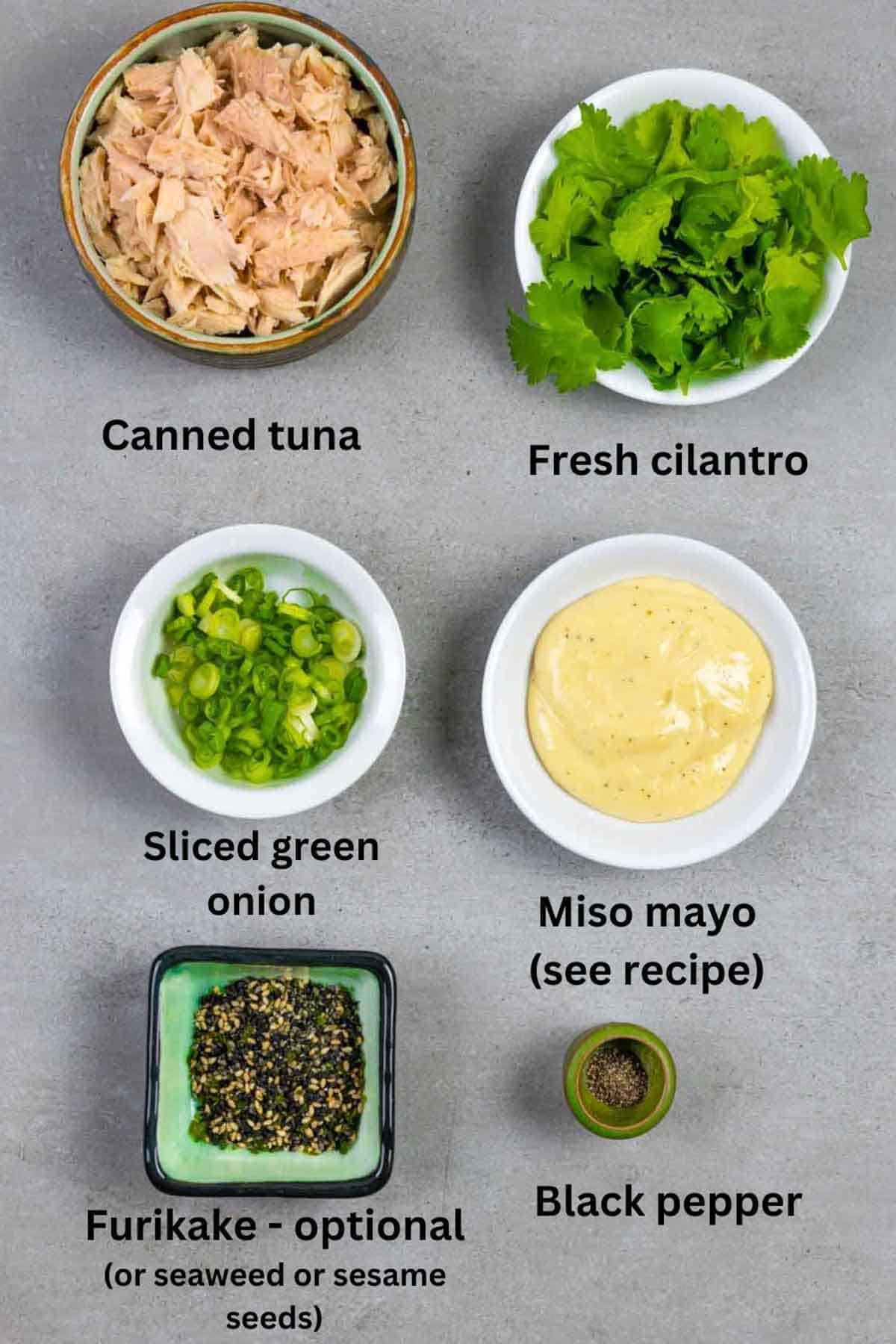
Ingredients
The combo of miso with mayonnaise and a few other simple ingredients is just magic. It’s creamy and well-balanced with fresh herbs and furikake, which is optional, but recommended.
- Canned tuna – any variety will do. I typically use canned albacore. Salted or unsalted is fine.
- Miso mayo – the star of the show! It’s truly one of my favorite things and creates the best creamy salad.
- Green onion – finely chopped. This adds a light, bright flavor.
- Cilantro – fresh is best. Adds complex lemony pepper-like flavor. If you’re not a fan of cilantro, feel free to leave it out or replace it with fresh parsley.
- Furikake, seaweed or sesame seeds – optional. If you have any variety of furikake in your pantry, now is a great time to use it. Crumbled seaweed snacks also make a wonderful addition.
- Black pepper – just a touch adds a nice hint of heat and earthiness
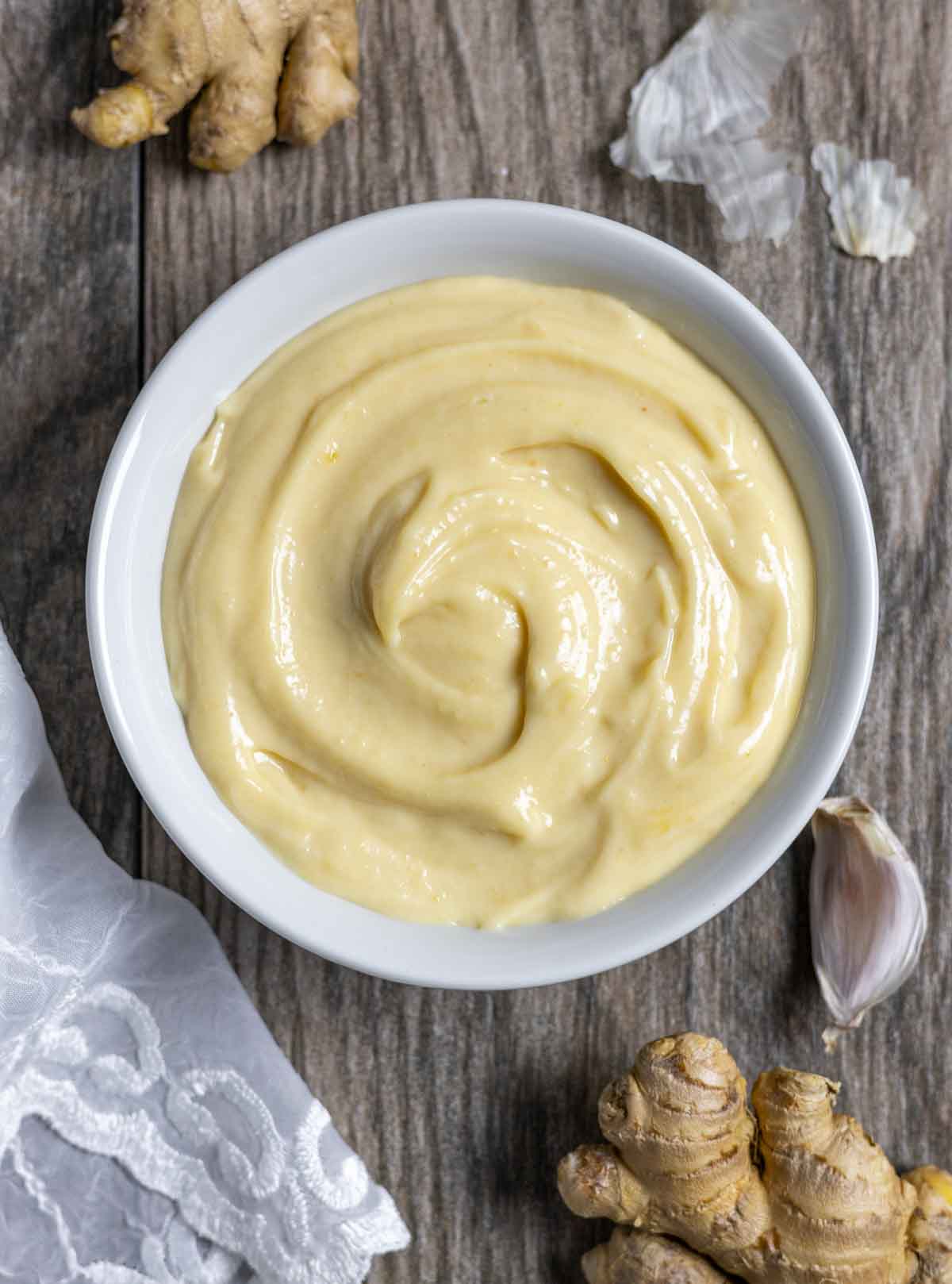
How to make miso mayonnaise
Whipping up this addicting mayo takes only about 5 minutes. Go to my Miso Mayo recipe and mix all of the ingredients in a small bowl. This recipe makes about 1.5 cups of mayo, so you'll have some left over, which is a good thing - it's so delicious you'll probably want some for later. Store leftovers in the refrigerator or consider cutting the recipe in half. It will stay good in your fridge for up to 7 days.
Instructions
- Make the miso mayo
- Drain the tuna and place in a medium-sized bowl
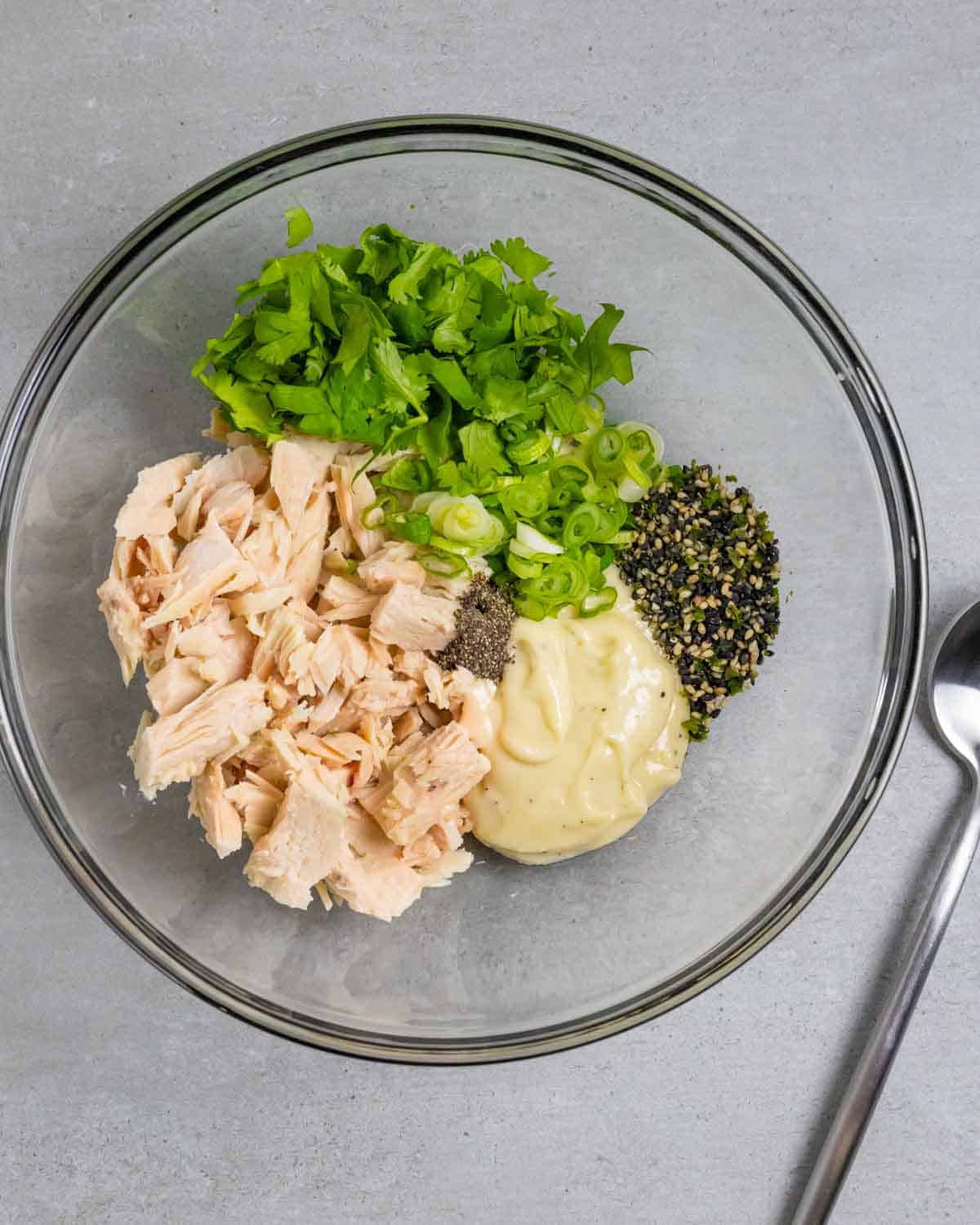
Finely chop the cilantro and add to the bowl with the mayo and remaining ingredients.
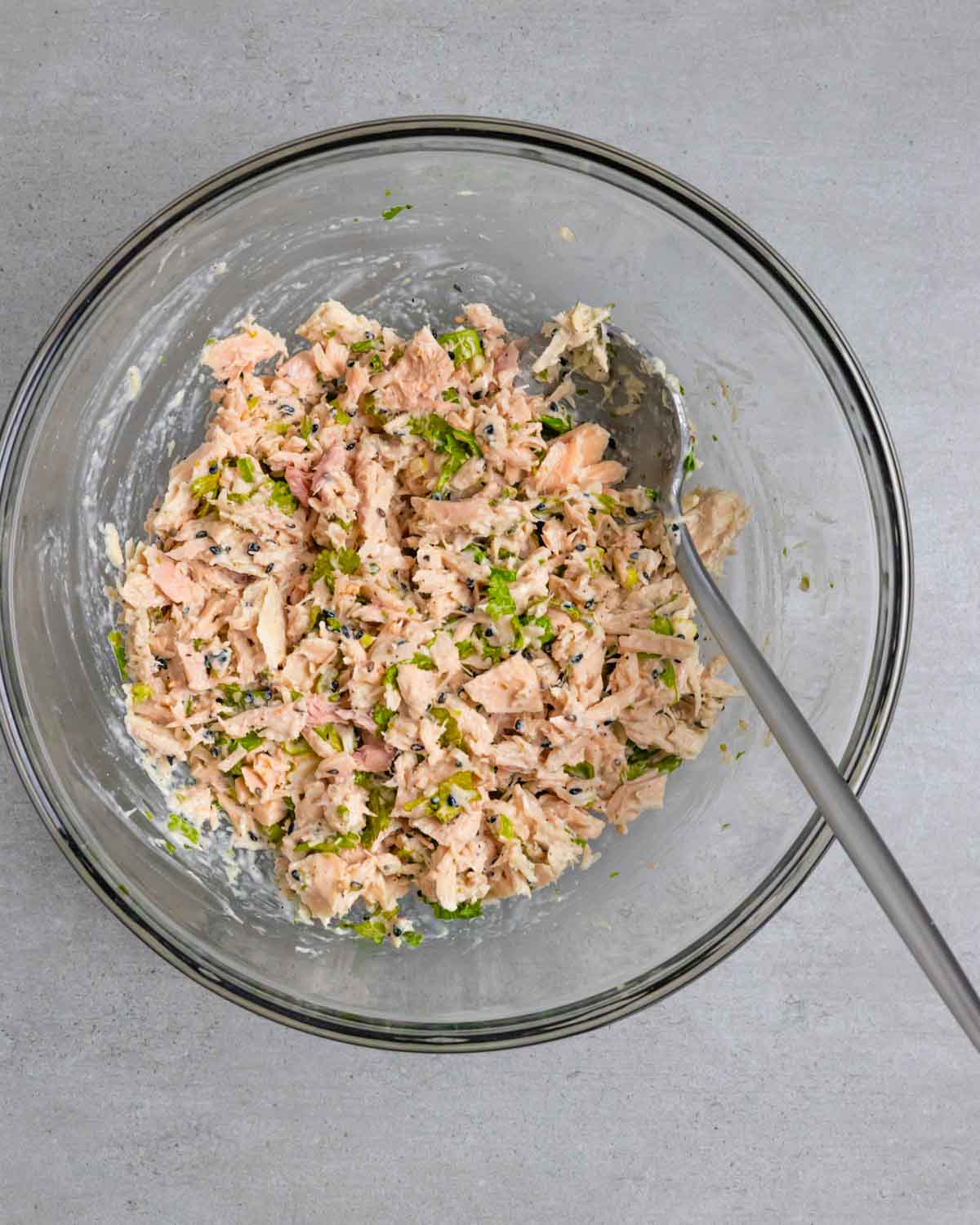
Stir until thoroughly combined, breaking up the larger chunks of tuna.
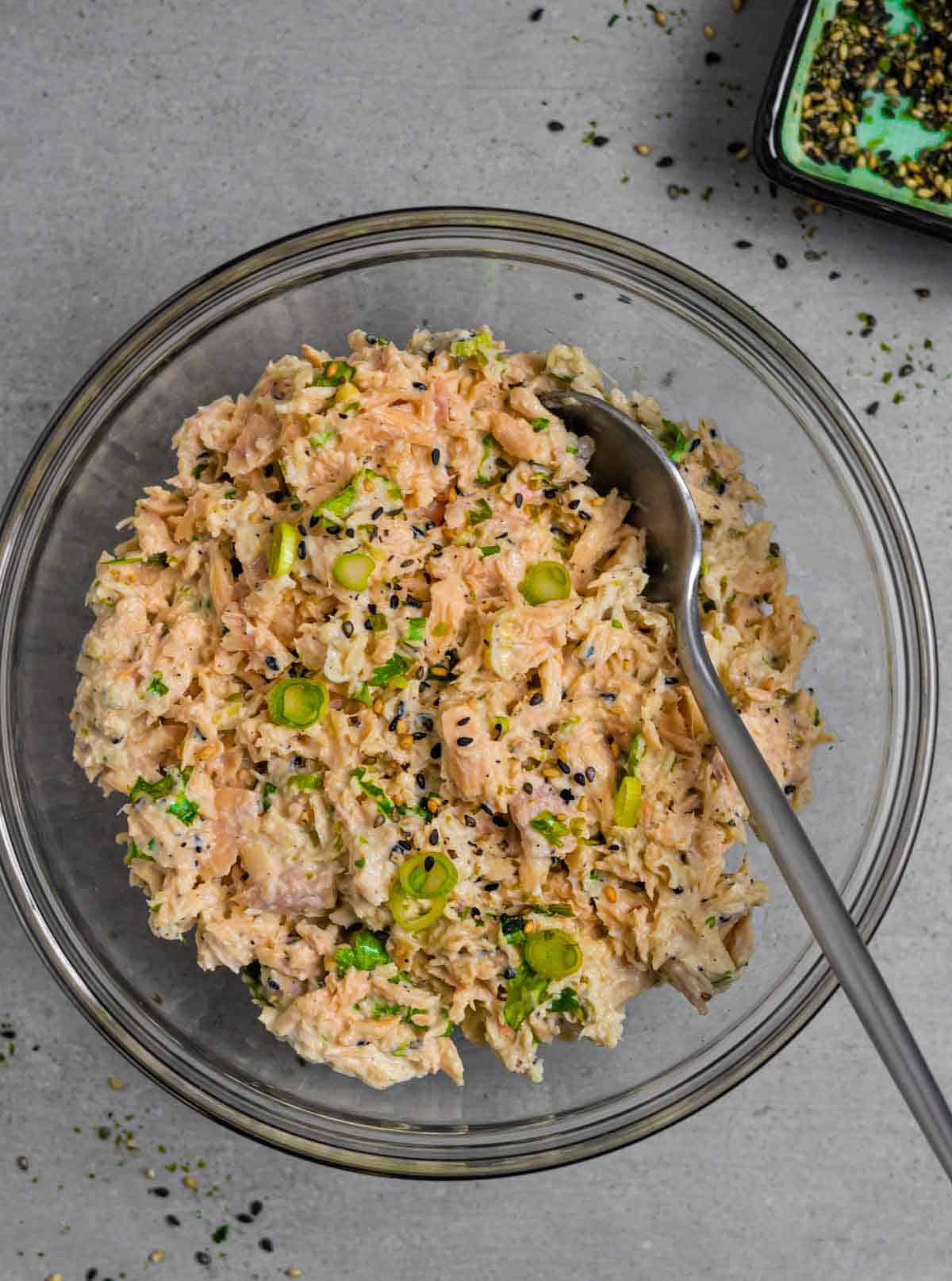
How to serve
- On toasted bread – my favorite! Toast your favorite low-carb bread and heap it on top.
- Tuna handroll – serve rolled up in nori sheets
- Lettuce cups – spoon some into lettuce leaves and enjoy
- Add to green salad – a great, healthy option. It pairs remarkably well with my Sesame Ginger Dressing.
How to store
This salad is best eaten fresh. Miso paste is a fermented product and tends to soften proteins when combined with them for more than about 48 hours. You can certainly store any unused portion in the refrigerator for a day or so, just be aware that the texture of the tuna might change and can become slightly soft or mushy if left for too long. It’s still fine to eat and the flavor will hold, but the texture will be a little different.
I don’t recommend freezing this tuna salad due to the fermentation situation.
Variations
- Spicy miso tuna – add wasabi, horseradish or hot sauce
- Crunchy tuna salad – add a bit of fresh, crisp celery, finely chopped
- Add sliced almonds – creates a slight crunch and nuttiness that pairs well with the miso mayo
- Use another protein – canned salmon or chicken are both great options. Or use any shredded meat from leftover Convection Roasted Chicken or even Smoked Whole Turkey.
FAQ
Miso is typically gluten-free if it’s made with only soybeans and rice koji. However, some varieties such as ‘mugi miso’ are made with barley, which contains gluten. If you have celiac disease or a gluten sensitivity, always check the packaging to be sure it is gluten-free.
Yes – the bacteria, Aspergillus oryzae is a pro-biotic strain of bacteria that is added to soybeans to ferment the miso. The fermentation process can enhance the digestion of soybeans and can also improve gut health.
It really depends on your taste. Albacore is all white-meat tuna with a hearty texture and mild flavor. Chunk light tuna typically contains a combination of less-expensive varieties, such as skipjack and yellowfin. Chunk light also has a softer and flakier texture, making it ideal for tuna salad. But, there is no wrong choice – it’s all about what you prefer. Personally, I like albacore.
Umami is one of the 5 basic tastes and is a savory flavor that is difficult to pin down. It translates to ‘pleasant savory taste’ from its original Japanese. It’s often described as savory, meaty, rich and deepens the flavor of dishes. Some people confuse it with monosodium glutamate (MSG), which is an additive that some people have a sensitivity to. Natural umami flavor is subtle and is produced from glutamate that is naturally present in foods. Fermented foods like miso contain ‘free’ glutamate, giving it a stronger umami taste.
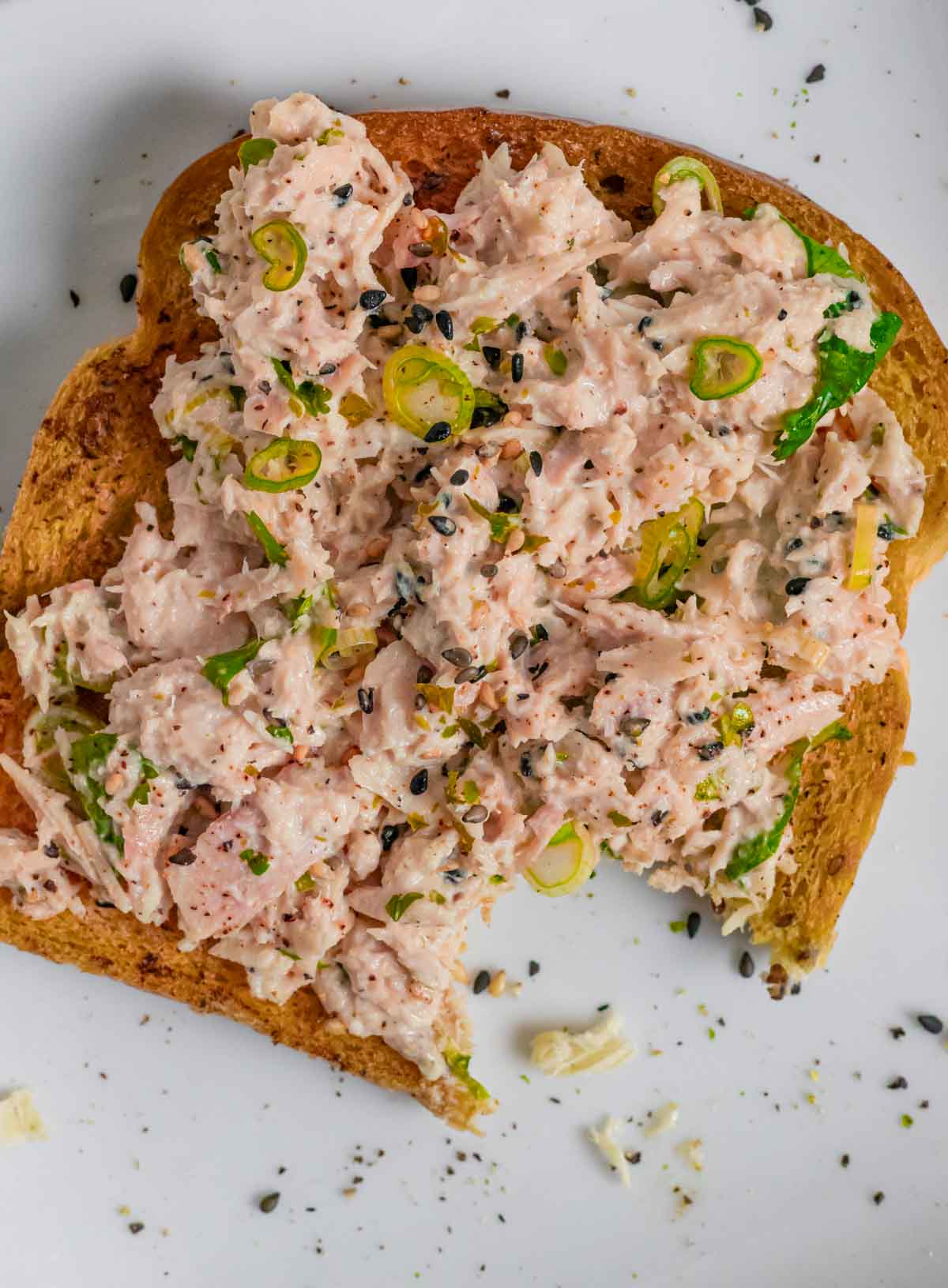
Did you make this recipe? Let me know how you liked it by giving a star rating and leaving a comment!
📖 Recipe
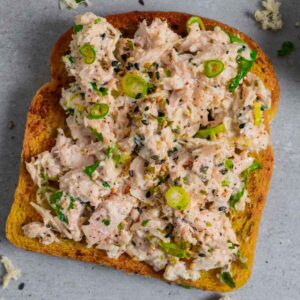
Miso Tuna Salad
Ingredients
- 1 can tuna (about 7 ounces, any variety, salted or unsalted, preferably in water)
- ¼ cup miso mayo (make my quick, easy miso mayo recipe!)
- 1 green onion (finely chopped. Green part only for low-FODMAP.)
- 2 tablespoons cilantro (coarsely chopped)
- 1 tablespoon furikake (or seaweed, or sesame seeds - optional but recommended)
- ⅛ teaspoon black pepper
Instructions
- Drain the tuna and place in a medium-sized bowl.
- Make the miso mayo and add ¼ cup to the bowl.
- Finely chop the cilantro and green onion and place in the bowl.
- Add the furikake or seaweed, if using.
- Stir until thoroughly combined, breaking up the larger chunks of tuna.
Notes
How to store
This salad is best eaten fresh. Miso paste is a fermented product and tends to soften proteins when combined with them for more than about 48 hours. You can certainly store any unused portion in the refrigerator for a day or so, just be aware that the texture of the tuna will change and can become slightly soft or mushy if left for too long. It’s still fine to eat and the flavor will hold, but the texture will be different. I don’t recommend freezing this tuna salad due to the fermentation situation.Variations
- Spicy miso tuna – add wasabi, horseradish or hot sauce
- Crunchy tuna salad – add a bit of fresh, crisp celery, finely chopped
- Add almonds – creates a slight crunch and nuttiness that pairs well with the miso mayo
- Use another protein – canned salmon or chicken are both great options. Or use any shredded meat from leftover Convection Roasted Chicken or even Smoked Whole Turkey.
Nutrition
*Net carbs = carbohydrates - fiber
Nutritional information is an estimate, calculated using online tools and does not include optional ingredients unless otherwise indicated.

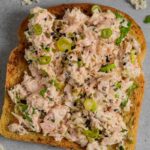




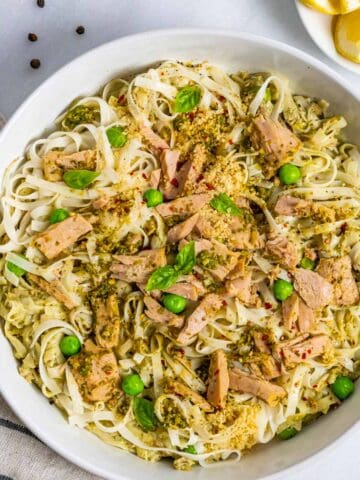
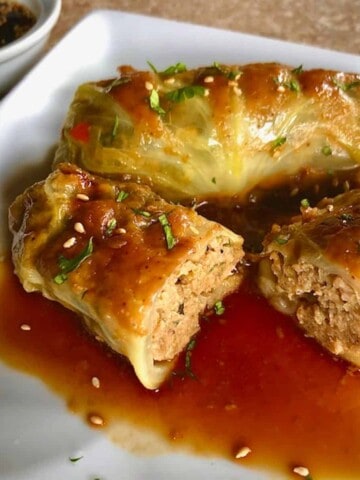
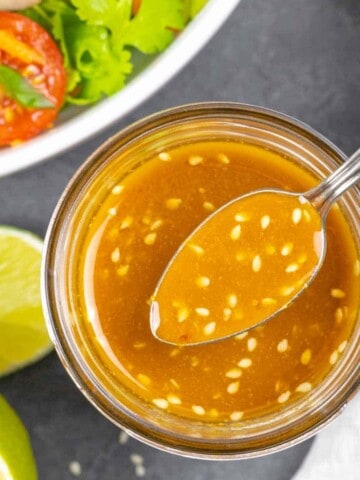
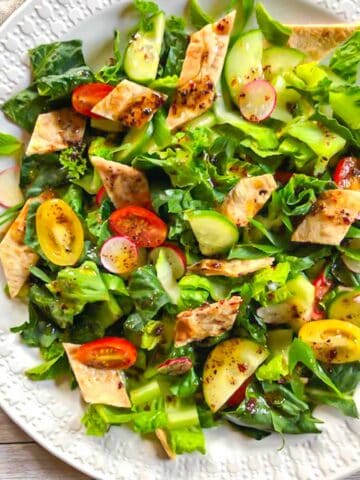
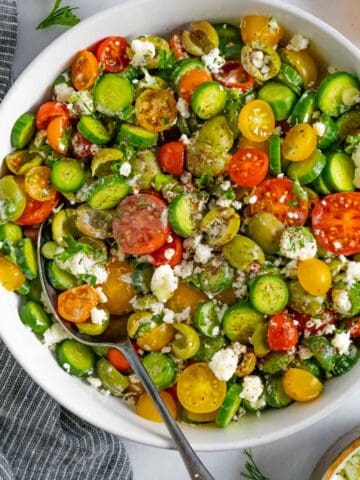
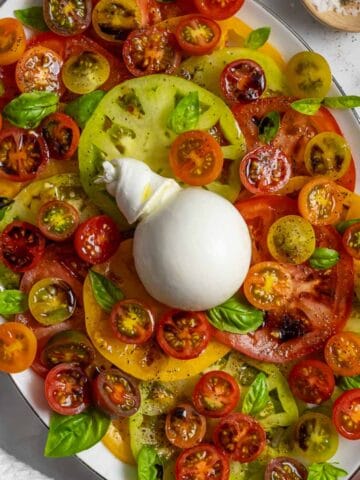
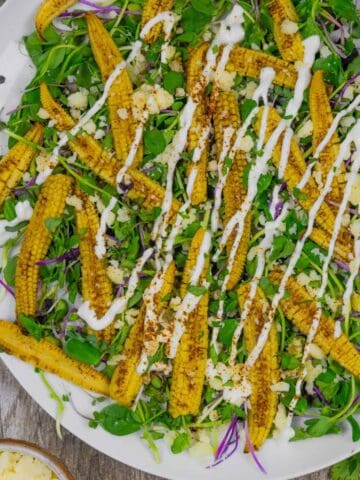
Tracey Hatch-Rizzi says
This is one of my family's favorite go-to quick lunches. I don't have to worry about what I'm going to do with a whole tub of miso anymore. We now eat this tuna salad at least once a week!